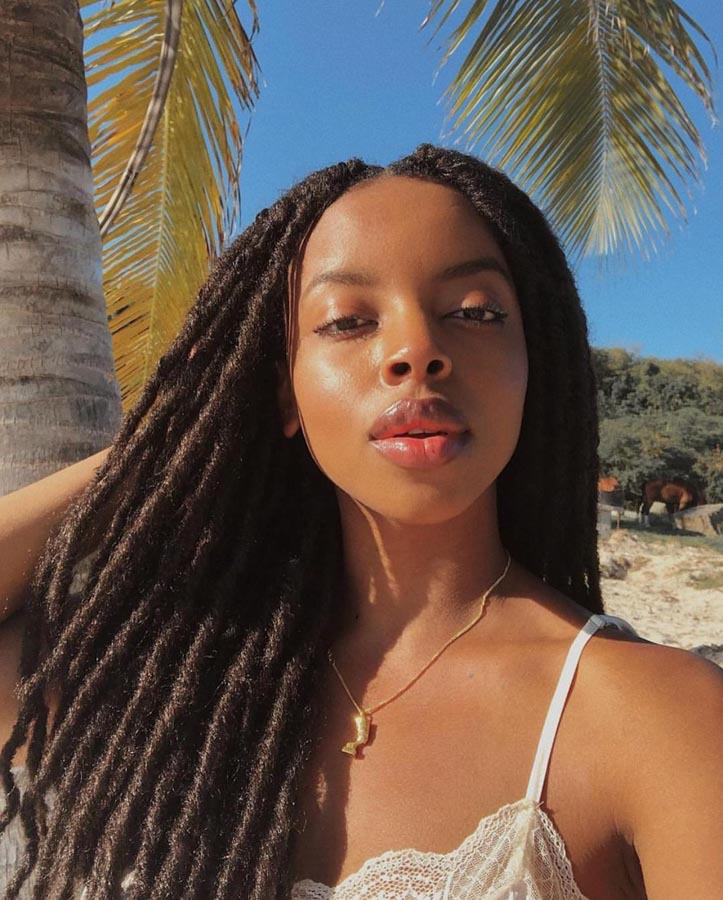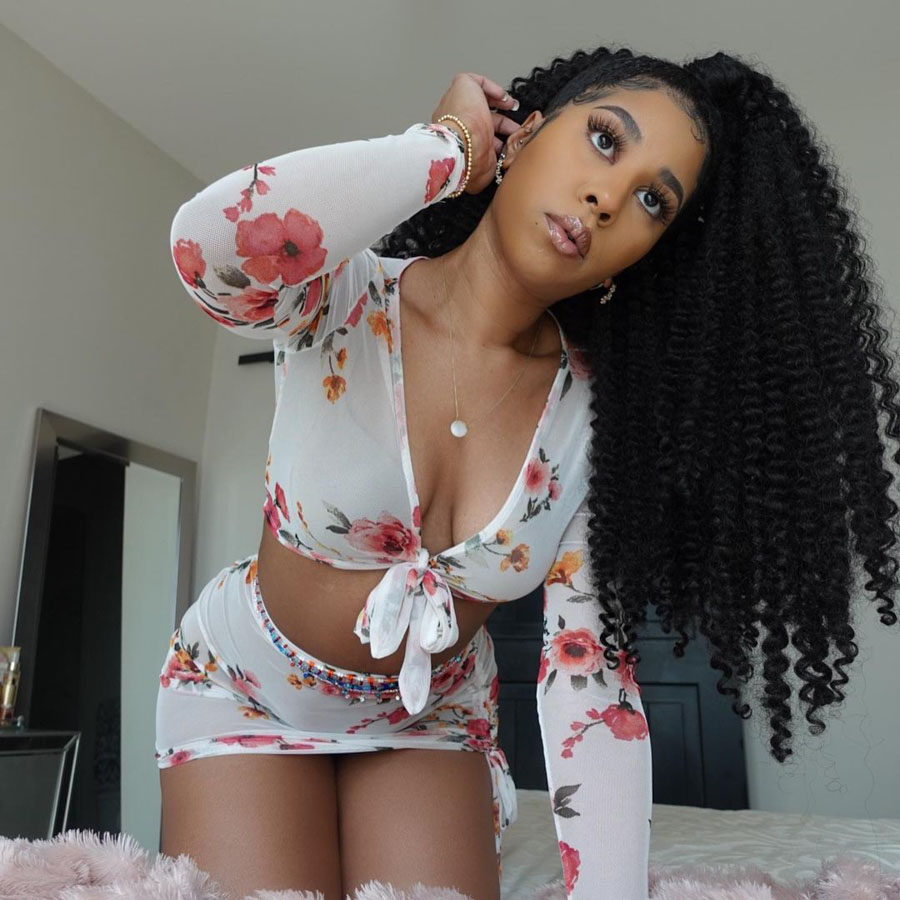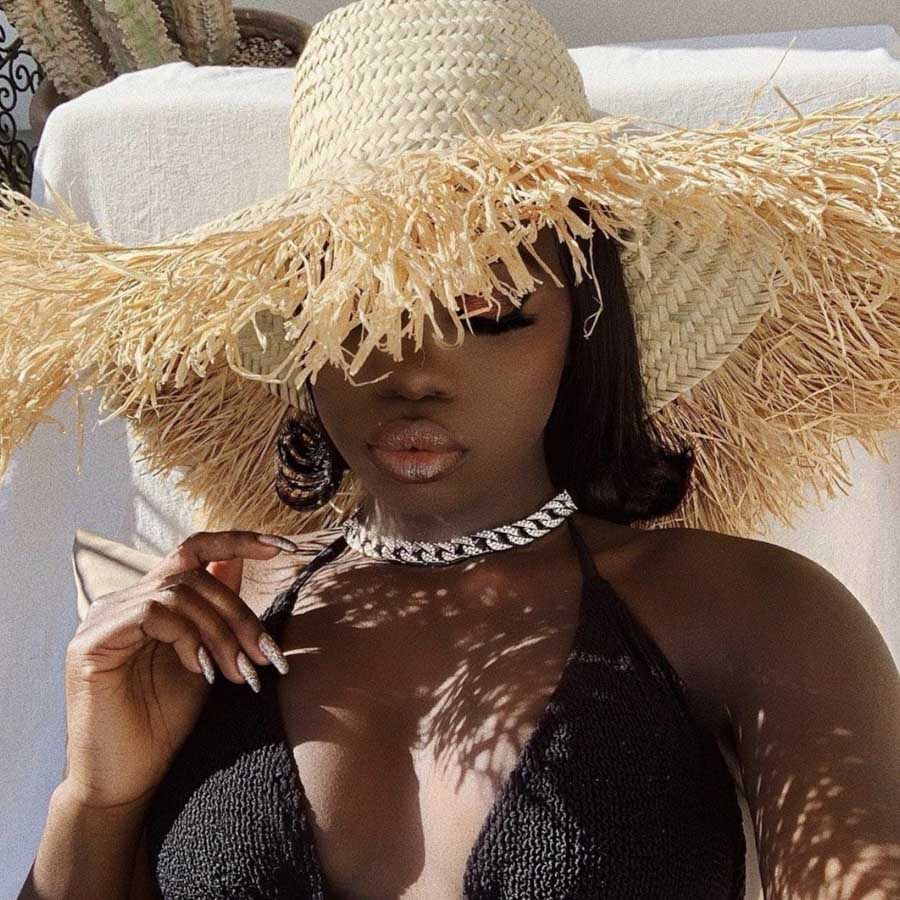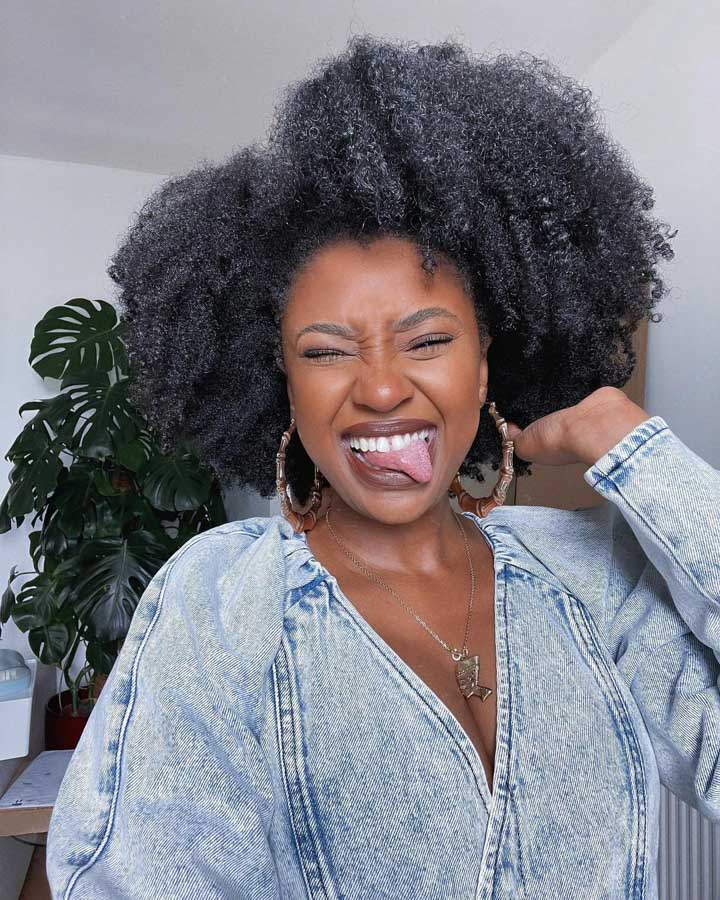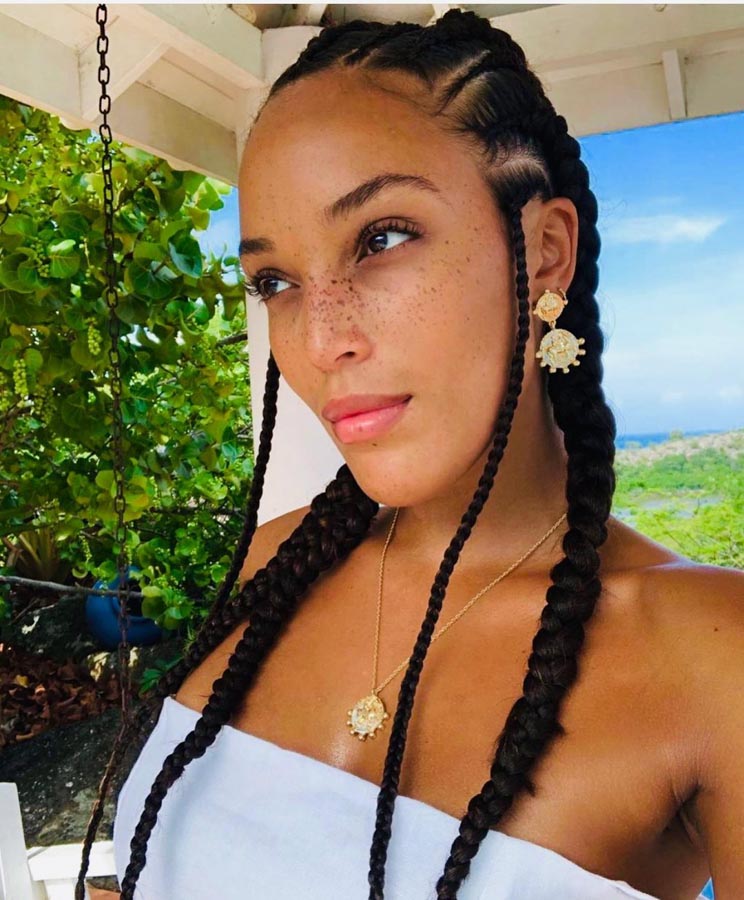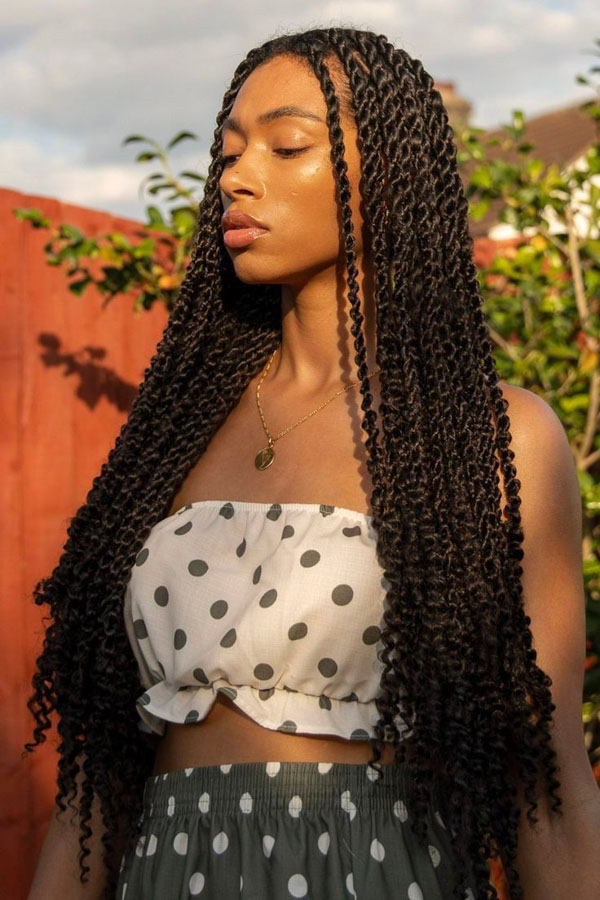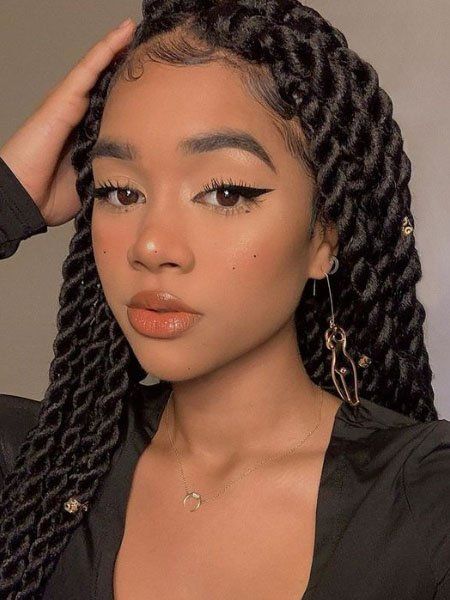The natural hair care method known as sisterlocks first appeared in the 1990s. Without the use of extensions or chemicals, it entails producing tiny, homogeneous locks. Sisterlocks are a well-liked natural hairdo for both men and women. By cutting the hair into little portions and using a specialized tool called a Sisterlocks tool, one may make thin, consistent locks known as sisterlocks. Sisterlocks are fitted utilizing a precise interlocking process, as opposed to standard locs, which are bigger and created by backcombing or twisting. The end result is a more stylish, adaptable look that can be worn in many ways.
Whether you’re contemplating Sisterlocks as a new hairstyle or simply curious about the pros and cons, this article aims to provide valuable insights to help you make an informed choice. Discover the beauty and freedom that Sisterlocks can offer, while also understanding the potential challenges that may come with this natural hair styling technique. Let’s embark on this journey together and unlock the pros and cons of Sisterlocks.
How to Start Sisterlocks
Starting Sisterlocks requires some preparation and patience. Here are the steps to get started:
- Consultation: Find a certified Sisterlocks consultant near you and book a consultation. During the consultation, the consultant will assess your hair’s texture, length, and density to determine if it’s suitable for Sisterlocks.
- Shampoo: Before starting the locking process, your hair must be clean and free of oils and buildup. Use a clarifying shampoo to remove any product residue or dirt.
- Locking Session: The locking session involves dividing your hair into tiny sections and interlocking them using the Sisterlocks tool. The process can take several hours depending on the length and thickness of your hair.
- Follow-Up Visits: After the initial locking session, you’ll need to visit your consultant regularly for retightening sessions every 4-6 weeks.
Sisterlocks Pros and Cons
Pros:
- Versatile: Sisterlocks can be styled in various ways, including updos, buns, and twists.
- Low maintenance: Once locked, Sisterlocks require minimal maintenance compared to traditional locs.
- Healthy hair: Sisterlocks promote healthy hair growth by eliminating the use of chemical relaxers and minimizing manipulation.
- Longevity: With proper care, Sisterlocks can last for several years.
Cons:
- Cost: Sisterlocks installation can be expensive, with prices ranging from $500 to $2000 or more, depending on your location and consultant’s experience.
- Time-consuming: The initial locking process can take several hours, and regular retightening sessions can take up to 6 hours.
- Limited length options: Sisterlocks may not be suitable for those who prefer longer locs as the size of each lock is predetermined during installation.
Compare Sisterlocks to Traditional Locs
Sisterlocks and traditional locs have some key differences:
- Size: Sisterlocks are smaller than traditional locs, making them more versatile and refined.
- Installation: Sisterlocks are installed using an interlocking technique, while traditional locs are formed through twisting or backcombing.
- Maintenance: Sisterlocks require less maintenance than traditional locs since they don’t unravel as easily.
- Cost: Sisterlocks installation can be more expensive than traditional locs due to the time-consuming process and specialized training required.
Best Shampoo for Sisterlocks
Using the right shampoo is crucial for maintaining healthy Sisterlocks. Look for a sulfate-free, moisturizing shampoo that won’t strip your locks of natural oils. Some of the best shampoos for Sisterlocks include:
- SheaMoisture Jamaican Black Castor Oil Strengthen & Restore Shampoo: This shampoo is specially formulated for natural hair and contains Jamaican black castor oil, peppermint, and apple cider vinegar to strengthen and cleanse the scalp.
- Carol’s Daughter Almond Milk Sulfate-Free Shampoo: This shampoo is gentle on Sisterlocks and contains almond milk, aloe butter, and shea oil to hydrate and soften hair.
- Taliah Waajid Herbal Cleanser: This sulfate-free shampoo is infused with tea tree oil, sage, and rosemary to soothe the scalp and promote healthy hair growth.
- Design Essentials Almond & Avocado Moisturizing & Detangling Sulfate-Free Shampoo: This moisturizing shampoo contains almond and avocado oils to detangle and nourish hair while preventing breakage.
Sisterlocks on Men
Sisterlocks are not just for women. Men with natural hair can also rock Sisterlocks. The style offers versatility and low maintenance, making it a popular choice for men with active lifestyles.
One of the benefits of Sisterlocks for men is that it requires very little maintenance once the hair has fully locked. Unlike traditional dreadlocks, which often require frequent washing and maintenance to prevent matting and tangling, Sister Locs can be left to grow and develop their unique texture without much intervention.
Another advantage of Sister Locs is their versatility. When fully developed, they may be fashioned in many different ways, ranging from simple updos to elaborate braids and twists. They are thus a fantastic option for guys who seek a low-maintenance but fashionable appearance that can be tailored to their own taste and style.
Sisterlocks may be a commitment. The process of starting them may be time-consuming, and a professional stylist could be needed. Sisterlocks should also be carefully evaluated before being worn since in certain contexts, they may affect how others see your professionalism and social acceptability.
Overall, guys who seek a distinctive, low-maintenance hairdo that provides variety and flair may find Sisterlocks to be a terrific option. Sisterlocks may be a stunning symbol of uniqueness and cultural history when maintained and cared for properly.
Sister Locs on Short Hair and Thin Hair
Remember that the length of the hair will impact the size and quantity of locks that may be formed when making sister locks on short hair. In general, sister locks should be created using hair that is at least 2-3 inches long. Shorter hair may make it more challenging to grow little, consistent locks that will maintain their structure over time.
A skilled stylist will build tiny, interconnecting twists in the hair using a specific tool called a sister lock tool to produce sister locks on short hair. The hair is then secured and kept from unraveling by using a unique locking method to lock in the twists. Depending on the length and thickness of the hair, producing sister locks on short hair might take several hours.
There are a few things to bear in mind while producing sister locks on thin hair. To begin with, make sure the hair is robust and healthy enough to endure the locking procedure. The strain and stress of having locks made may be too much for fragile or damaged hair to endure.
A stylist would often use a lower size for the interconnecting twists to produce sister locks on thin hair. By doing this, you may make a lock that is tighter, more stable, and won’t put too much strain on your hair. In order to lessen hair breakage and damage, the locking method will also be changed.
Whether you have short or thin hair, a trained stylist can help you create beautiful and long-lasting sister locks that will make you feel confident and stylish.
Tips for Maintaining Healthy Sisterlocks
Here are some tips to keep your Sisterlocks looking their best:
- Avoid using heavy products that can weigh down your locks or cause buildup.
- Wearing a satin hat or covering your hair in a silk scarf can protect your locks while you sleep.
- To hydrate your scalp and avoid dryness, use a mild oil, such as jojoba or grapeseed oil.
- Eat a balanced diet and drink plenty of water to encourage healthy hair development.
- Do not overheat your hair or wearing it in tight hairstyles that might pull on your hair and break it.
Conclusion
Sisterlocks are a stunning and adaptable natural hair care method that has numerous advantages. The outcomes are worthwhile, but preparation and patience are needed. This hair style may be worn by anybody who wishes to appreciate their natural hair texture, whether they have short hair or men’s hair. It is a great option for people searching for a low-maintenance, long-lasting hairstyle, yet there are advantages and disadvantages to take into account. With proper maintenance and care, Sisterlocks can help you achieve healthy, beautiful hair.
FAQs
- Are Sisterlocks suitable for all hair types? Sisterlocks can work for most hair types, but it’s best to consult with a certified consultant to determine if your hair is suitable.
- How often should I wash my Sisterlocks? It’s recommended to wash your Sisterlocks every 1-2 weeks using a sulfate-free shampoo.
- Can I swim with Sisterlocks? Yes, but it’s important to protect your locks from chlorine and saltwater by wearing a swim cap or applying a protective oil before swimming.
- Can I install Sisterlocks myself? It’s not recommended to install Sisterlocks yourself as the interlocking technique requires specialized training and experience.
